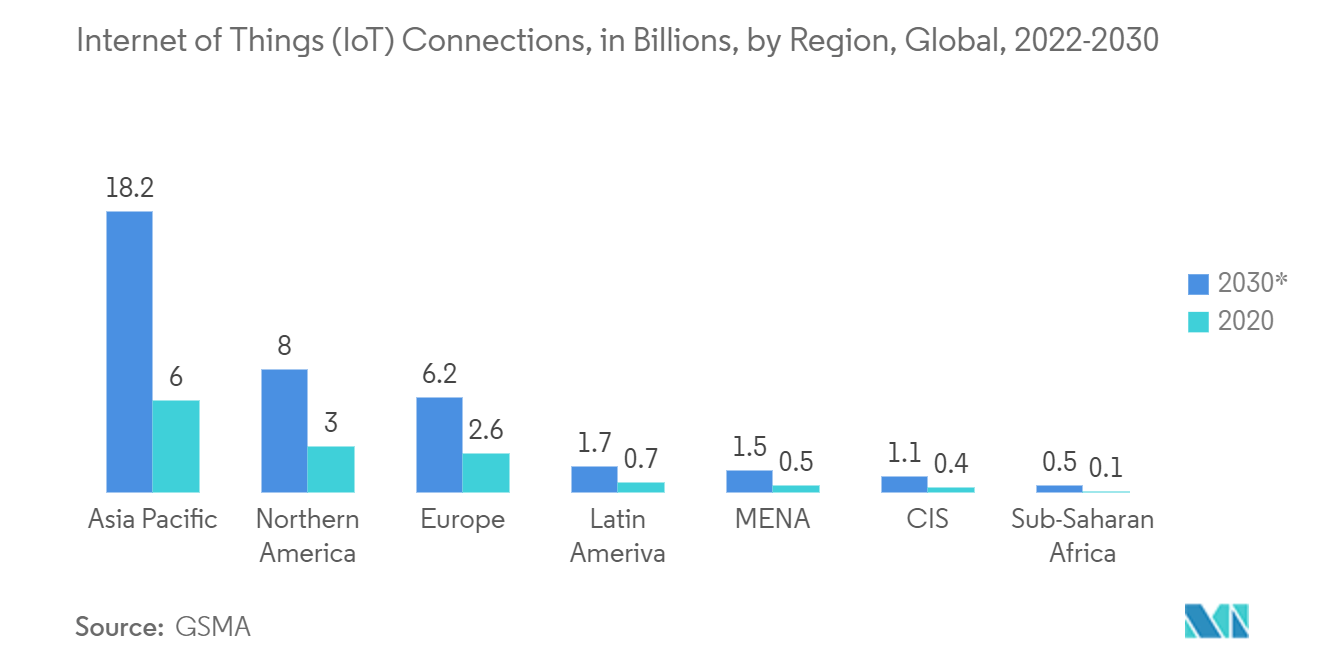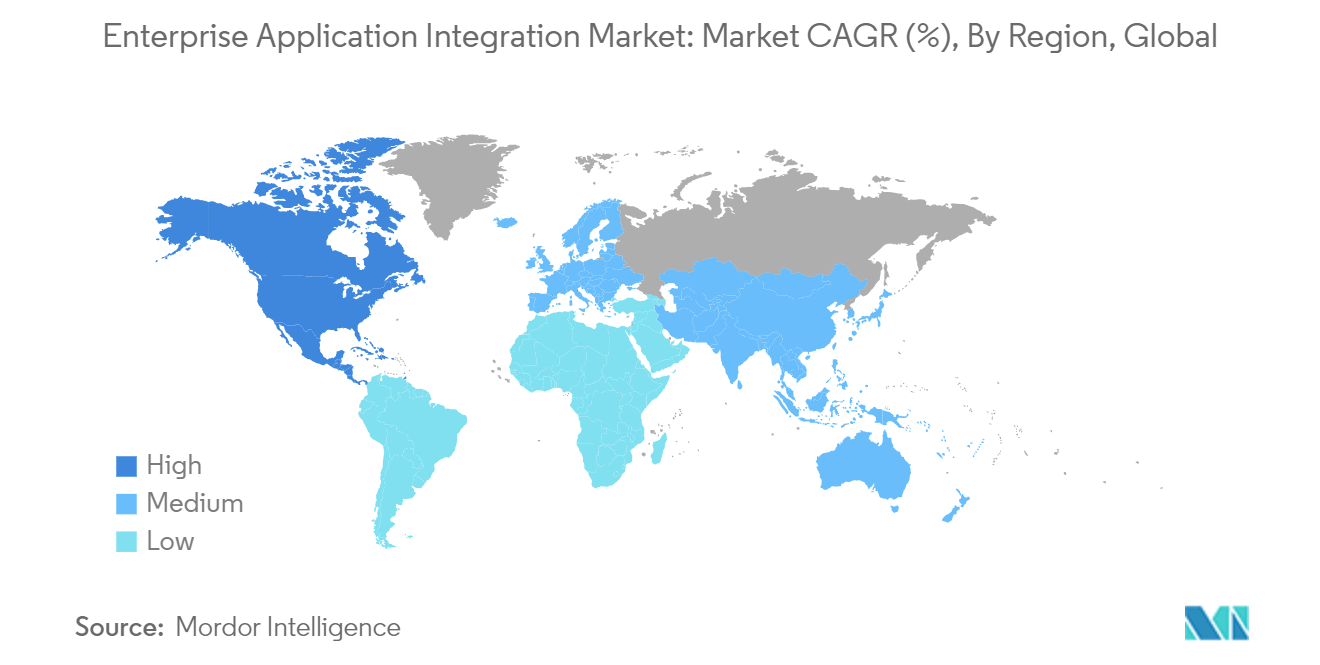Market Trends of Enterprise Application Integration Industry
IT and Telecom Segment: Largest End-User Segment
The IT and Telecom segment emerges as the dominant force in the Enterprise Application Integration (EAI) market, projected to reach USD 7.28 billion by 2027 with a CAGR of 17.64%. The substantial growth underscores the critical role of enterprise software integration solutions in addressing the complex integration needs of the IT and Telecom industries, particularly in the realm of cloud computing and digital transformation.
Cloud Migration Drives Integration Demand:
- Data and Infrastructure Migration: The increasing migration of data, processes, and infrastructure to the cloud by banks and telecom operators is a significant driver for EAI adoption.
- Operational Seamlessness: This shift necessitates robust integration capabilities to ensure seamless operation across diverse systems and applications.
- Cloud-based Focus: Businesses are increasingly prioritizing data platform as a service (dPaaS) over traditional integration platform as a service (iPaaS) models to enhance operational scalability.
Telecom Operators' Core Process Integration:
- Complexity of Integration: Telecom operators are undertaking extensive EAI projects to support core processes, creating middleware infrastructures to integrate custom and market application systems.
- Cross-National Integration: Telecom companies face unique challenges in aligning technical solutions across international subsidiaries, emphasizing the importance of comprehensive integration platforms.
Real-Time Integration and IoT Convergence:
- API-Centric Solutions: The convergence of mobile applications, IoT, and wearables is driving the demand for real-time, API-driven integration solutions.
- Proliferation of Devices: By 2030, projections of 500 billion connected devices emphasize the need for robust integration solutions to manage the data flow across these ecosystems.
Collaborative Software Solutions Drive Integration Needs:
- Virtual Collaboration Surge: The rise of virtual meeting and collaboration tools, such as Microsoft Teams and Zoom, has indirectly boosted demand for integrated enterprise solutions.
- System Interoperability: Businesses are seeking solutions that integrate collaborative software with existing systems, further driving the need for EAI.

North America: Fastest-Growing Regional Segment
North America stands out as the fastest-growing regional segment in the Enterprise Application Integration (EAI) market, projected to reach USD 14.26 billion by 2027, registering a CAGR of 16.41%. The region's leadership in digital transformation and the widespread adoption of cloud-based enterprise integration solutions highlight its rapid growth trajectory.
Widespread Application Integration:
- High Adoption Rate: Over 93% of U.S. businesses utilize business applications, creating fertile ground for enterprise software integration providers.
- Operational Efficiency: As companies adopt more applications, the demand for seamless integration solutions that enhance operational efficiency continues to grow.
Strategic Alliances and Innovative Solutions:
- Partnerships Driving Innovation: Strategic collaborations, such as HiQ's alliance with the European Cloud City Network and the Frends iPaaS platform, are driving innovation in hybrid cloud integration strategies.
- Regulatory Compliance: These partnerships focus on offering solutions that ensure full compliance with data laws and regulations, critical for public and commercial sector businesses.
Cloud Integration and Digital Transformation:
- Technological Disruptions: The increasing adoption of IoT, cloud computing, and digital transformation initiatives is propelling the demand for EAI solutions across various industries in North America.
- Vendor Focus: Key players in the region, such as IBM and Fujitsu, are leading with innovations like SaaS-based security solutions, driving market growth.
- Consolidated Market: The North American EAI market is moderately consolidated, with global players focusing on cutting-edge technologies to maintain their competitive edge.
- Zero-Trust Architecture: Innovations such as the introduction of zero-trust architecture for security are becoming critical in the deployment of EAI solutions in enterprise environments.


